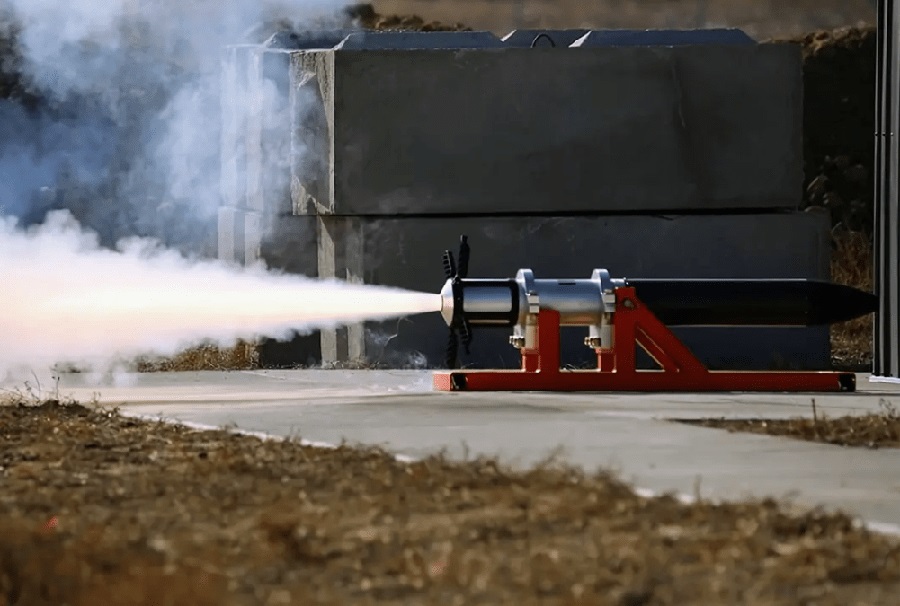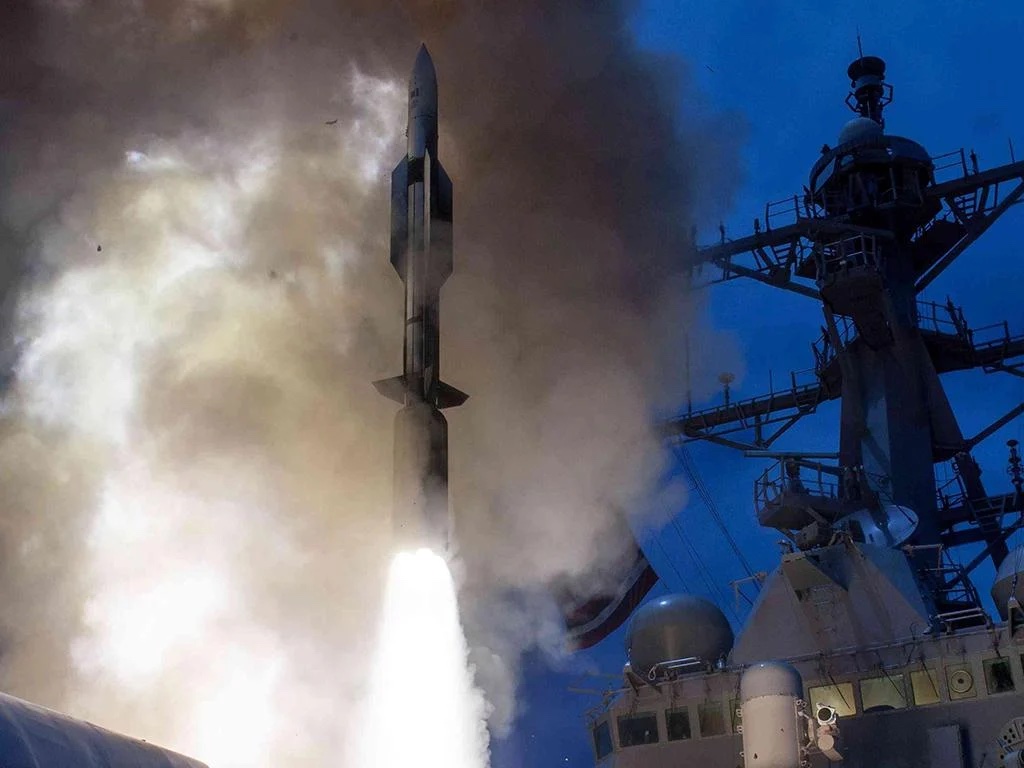A long-range solid rocket motor (SRM) developed by rocket engine manufacturer Ursa Major and Virginia-based Raytheon Technologies has completed successful missile flight testing for the US Army. The motor has so far been flown twice with Raytheon at Naval Air Weapons Station China Lake.
Ursa Major’s Lynx 3D printing technology was used to manufacture the SRM. This, in combination with Raytheon’s digital engineering capabilities, enabled the partners to accelerate development times and cut production costs.
Daniel Jablonsky, Ursa Major’s CEO, explained that the firm has utilized additive manufacturing to achieve “unprecedented timelines,” with nearly 300 SRM static test fires completed in 2024 alone. For this latest project, the team went from concept and design to firing and flight in under four months, which Jablonsky called “lightning fast.” He added that 3D printing has facilitated the production of “agile solid rocket motor solutions with the design flexibility needed to expand the capabilities of the US military.”
In the US, demand for SRMs is coupled with a shortage of domestic suppliers. Supply chain challenges are impacting the US Department of Defense (DoD)’s efforts to restock inventories and support ongoing war efforts in Ukraine and Israel. The Pentagon’s annual budget request for missile and munitions procurement, as well as related research and development, increased from $9 billion in 2015 to $30.6 billion in 2024.
Jablonsky noted that Ursa Major’s technology will scale SRM manufacturing “at the pace and volume the country requires and at a price the country can afford.”

3D printed SRM completes successful flight test
RTX Ventures, Raytheon’s venture capital division, first invested in Ursa Major in 2023 to expand its SRM production capabilities and address the US military’s need for affordable precision-guided missiles.
Ursa Major’s Lynx technology combines metal 3D printing with product-agnostic tooling to fabricate multiple SRMs simultaneously in the same production line. Conventional SRM production processes are difficult to re-tool, expensive to ramp up, and dependent on large workforces. Lynx streamlines this process, introducing flexible and scalable manufacturing capabilities that unlock higher-volume SRM production at a fraction of the price.
Raytheon and Ursa Major claim that the additive manufacturing-based approach will deliver “a new generation of smart munitions” for the US Army. These new weapon systems will reportedly be significantly more affordable than currently fielded, conventionally manufactured munitions.
The successful US Army test demonstrates the long-range missile delivery capabilities of the companies’ 3D printed SRMs. Tom Laliberty, president of Land and Air Defense Systems at Raytheon, stated that these motors will allow the US and its allies “to strike farther and faster than anything our adversaries have in their arsenals.” He added that the SRMs provide “affordable precision fires, while increasing range, safety, and magazine depth.”
Looking ahead, the next phase of the program will see Ursa Major and Raytheon improve the manufacturing process, with an additional flight test planned for 2025 and qualification in 2026.
In a separate project, Ursa Major received $12.5 million from the US Navy and the Office of Strategic Capital (OSC) to scale the production of 3D printed SRMs. Through the prototype project agreement, the company is designing, manufacturing, and testing a new SRM prototype for critical missiles. This followed the news that the company is 3D printing the Navy’s Mk 104 dual rocket motor, which powers the SM-2, SM-3, and SM-6 missiles.

3D printing missile systems
Ursa Major and Raytheon are not the only companies 3D printing missile systems for the US DoD. Earlier this year, Italian rocket and missile manufacturer Avio announced plans to triple its production of SRMs over the next 4-5 years to address growing US demand.
While the role of additive manufacturing in this initiative hasn’t been confirmed, the company actively uses 3D printing to produce propulsion systems. The firm possesses Velo3D Sapphire 3D printers to fabricate high-strength, corrosion, and temperature-resistance parts in nickel-based alloy materials. Avio previously partnered with Raytheon to build a domestic industrial base for critical SRMs. It is now building a US-based production facility to strengthen supply chains and diversify sourcing options.
Elsewhere, US Defense firm Lockheed Martin is 3D printing key components of its new Mako hypersonic missile. Metal additive manufacturing technology is being used to fabricate the jet-fired missile’s guidance section and fins, unlocking significant time and cost savings. The guidance section is 3D printed ten times faster than conventional methods while being just 1/10th of the cost.
Work on Mako started in 2017, with the missile now at readiness level six plus, meaning it is ready for production. Weighing 1,300 pounds, it has been externally fit-checked on F-35, F/A-18, F-16, F-15, and P-8 aircraft, with internal fit-checking completed on the F-22 and F-35C fighters. Its solid rocket motor (SRM) can accelerate Mako to Mach 5.
Who won the 2024 3D Printing Industry Awards?
All the news from Formnext 2024.
Subscribe to the 3D Printing Industry newsletter to keep up with the latest 3D printing news.
You can also follow us on X, like our Facebook page, and subscribe to the 3D Printing Industry Youtube channel to access more exclusive content.
Featured image shows an Ursa Major SRM being tested. Photo via Ursa Major.

